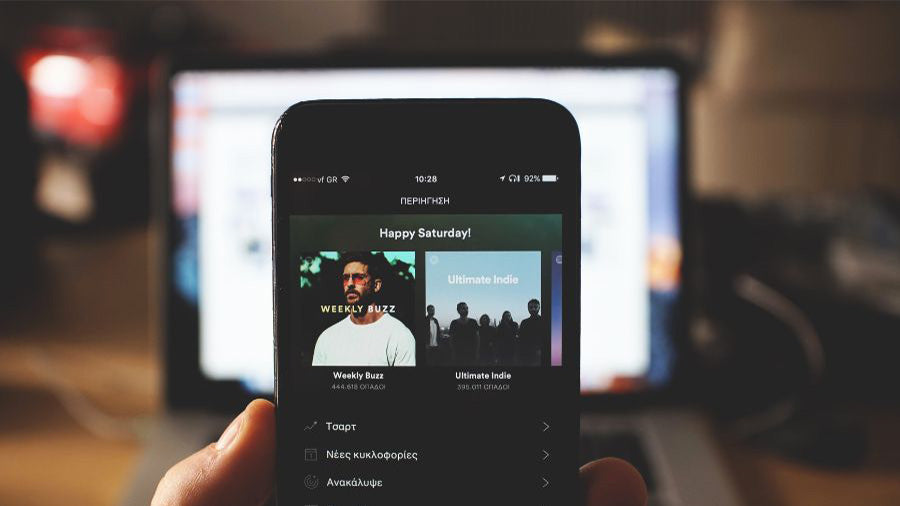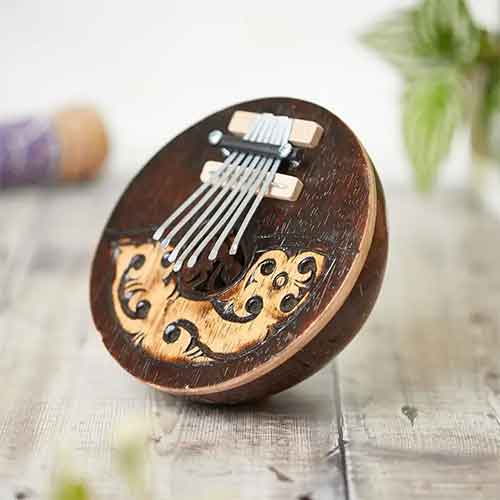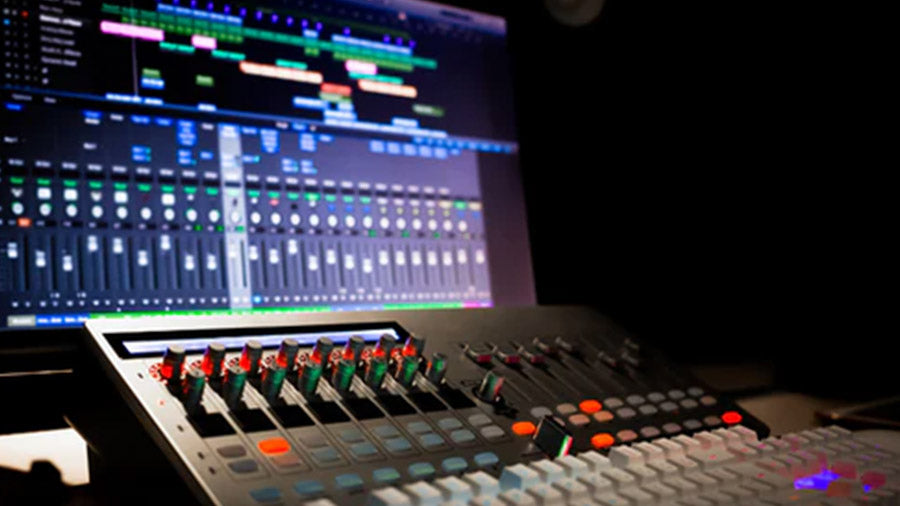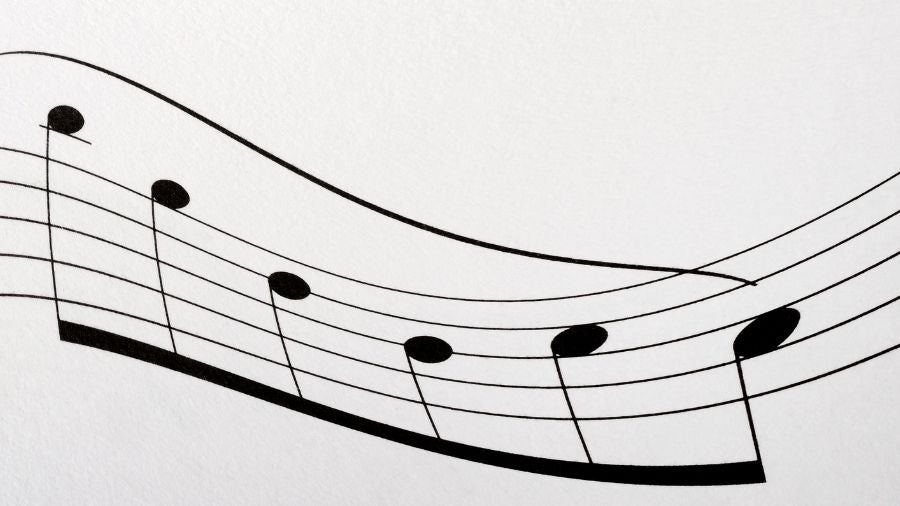Spotify has become one of the most essential platforms for musicians to reach a broad audience. Given its extensive user base and user-friendly accessibility, Spotify has become the preferred platform for established and emerging artists. However, there is a common misconception that musicians make a substantial income solely from their music being streamed on Spotify. This article will analyze the figures and examine the practicalities of musicians' earnings on Spotify.
How musicians make money on Spotify
The primary source of revenue for artists on the platform comes from streaming royalties. Every time a user streams a song, a fraction of a cent is paid to the artist. This may seem small, but it can add up with millions of users and billions of streams. Artists can earn money through playlist placements, collaborations, and merchandise sales.
Understanding the streaming revenue model
Spotify pays artists based on their "pro rata" share. This implies that the platform's overall revenue is distributed proportionally among all artists, depending on their accumulated streams. if an artist's music receives many streams, they will earn a larger revenue share. However, this also means that artists with fewer streams may need help to make a substantial income.
Factors influencing musicians' income on Spotify
The first obvious factor is the popularity of the artist. Artists with a large fanbase and a dedicated following will likely have more streams, resulting in higher revenue. The genre of music is also important because specific genres, such as pop and hip-hop, tend to have higher streaming numbers, which can translate into more income. Moreover, the length of a song also impacts earnings. Longer songs may result in higher streaming revenue as they require more listening time.
The role of musical instruments in musicians' income on Spotify
Specific instruments, such as guitars and keyboards, are more commonly associated with popular music genres, and musicians who utilise these instruments tend to have a wider appeal. This broader appeal can lead to more streams and, ultimately, higher income. On the other hand, musicians who specialize in less mainstream instruments may need help attracting a larger audience, resulting in lower streaming numbers and income.
Popular musical instruments among successful musicians on Spotify
Among successful musicians on Spotify, specific musical instruments are trendy. Guitars, both acoustic and electric, are commonly used instruments that resonate with a wide range of listeners. The versatility of guitars allows musicians to create various genres, from rock to pop to folk, appealing to a broader audience. Keyboards and synthesisers are also popular among successful musicians thanks to their ability to create diverse sounds and textures. Drums and percussion instruments are important rhythm and energy of many popular songs on Spotify.
Tips for musicians to maximise their income on Spotify
Artists should focus on building a solid fanbase and engaging with their audience. By cultivating a dedicated following, artists can increase their streams and, subsequently, their income. Collaborations with other artists and playlist placements can significantly boost exposure and streaming numbers. Artists should promote their music on social media, create visually appealing album artwork, and optimise their Spotify artist profile to attract more listeners.
Resources for musicians to promote their music on Spotify
One effective strategy is to utilise Spotify for Artists, a platform that allows artists to manage their profiles, access analytics, and promote their music to a broader audience. Artists can also submit their music to Spotify-curated playlists or contact independent curators catering to specific genres. Utilizing social media platforms like Instagram and Twitter can effectively connect with fans and promote new releases.
Challenges faced by musicians in earning income on Spotify
One of the most significant hurdles is the sheer volume of music available on the platform. With millions of songs competing for attention, it can take time for emerging artists to stand out and attract substantial streams. The low payout per stream can make it difficult for musicians to earn a liveable income solely from Spotify. Therefore, diversifying revenue streams through merchandise sales, live performances, and other platforms becomes crucial for sustaining a career as a musician.
Understanding the real income of musicians on Spotify is essential for aspiring and established artists. While the streaming platform provides an opportunity to reach a broad audience, it's necessary to recognise that generating substantial income solely from Spotify can be challenging. Musicians must leverage strategies such as building a dedicated fanbase, utilising popular instruments, and diversifying revenue streams to maximise their potential earnings. By combining these approaches with effective promotion and utilisation of available resources, musicians can navigate the landscape of Spotify and turn their passion into a viable career.
Up Next: The Most Popular Meditation Music












